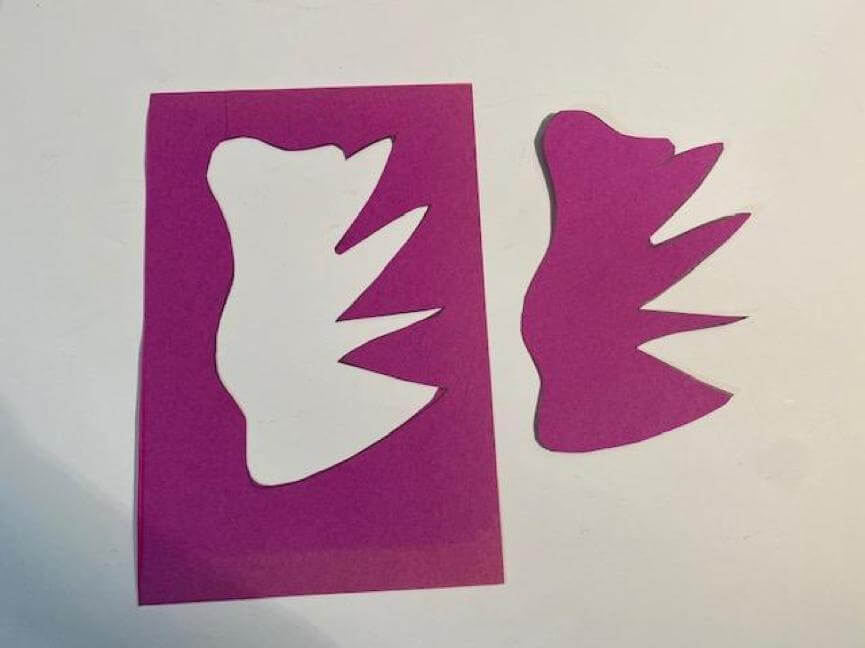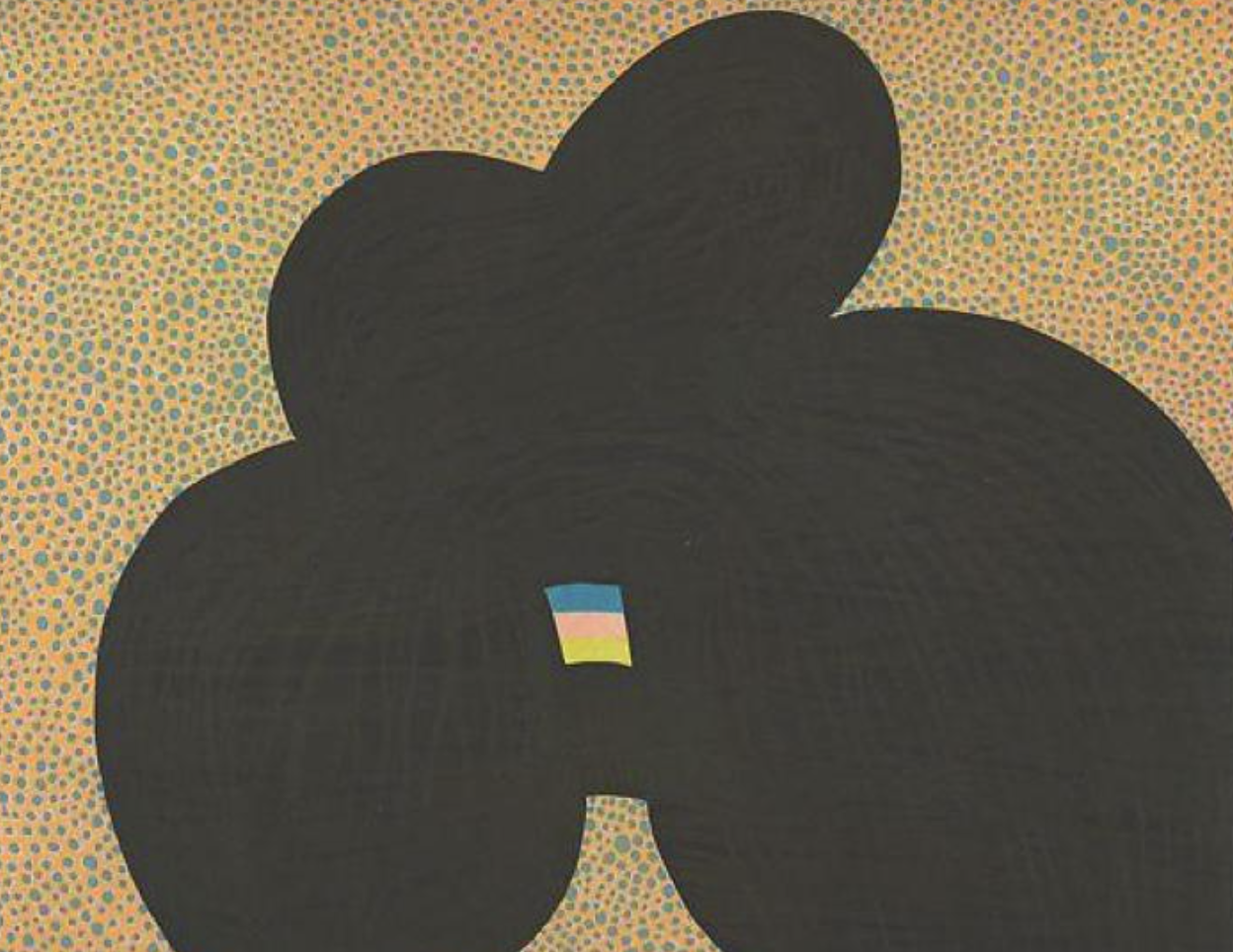Overview
Students will reflect on their art-making using close-looking, speaking, writing, and/or sketchbook prompts.
Materials and Tools
- Pencil
- Sketchbook or one to two pieces of paper
- Shape collage from Lesson 7
Activities
Note: The following activities are written with sample language you may use with your students. Following the art-making lesson, you may choose as many reflection activities as desired for students to work on in class or independently.
Step 1: Introduction (5-7 minutes)
In the previous lesson, we learned how geometric, organic, and invented shapes can be used to express our personality and/or mood. We’ve also learned from word design that scale, or size, plays an important role in creating meaning in a design.
Today we are going to continue to explore how shapes can create meaning by using scale and repetition. Look at the shape you used in your collage from Lesson 7.

- What type of emotions does your shape convey?
- What kind of character does it have?
- How would you describe your shape to a friend?
Step 2: Close Looking: Thomas Nozkowski (10-15 minutes)
Note to Teachers: Before teaching with a work of art, spend some time looking closely at it on your own. Familiarizing yourself with the artwork will prepare you to guide the close-looking activity.
If your students are new to looking at art together, you can introduce the activity to students in the following way:
Today we are going to spend some time looking at and discussing a work of art together. When we look at art, there are no right or wrong answers. I’m going to ask you to look closely, share your ideas about what you see, and listen respectfully to each other’s ideas. Everyone’s ideas are important. We all see things differently, and when we look at art, we can learn to see through each other’s eyes.

Take a moment to look closely at Untitled by Thomas Nozkowski.
Give students a full minute to look.
This artwork is abstract, but the artist’s work is inspired by his observations of the shapes of things from the real world, such as celestial constellations, the curve of a birch tree, or forms found in other artists’ works.
- How would you describe the shapes in this artwork?
- What emotions do these shapes convey to you? What makes you say that?
Step 3: Sketchbook Activity (15 minutes)
Look closely at the shape that you created in Lesson 7. Make a few sketches of it.
Try to draw this shape in all different sizes.
Now make a second drawing and play with repeating the shape.

After students experiment with drawing their shapes, ask:
- How does the feeling of your shape change when it is drawn large or small?
- How does the feeling of your shape change when it is repeated?
Vocabulary
Character
Repetition
Abstract
Resources


Thomas Nozkowski, Untitled. 2006, The Metropolitan Museum of Art: https://www.metmuseum.org/art/collection/search/372130
